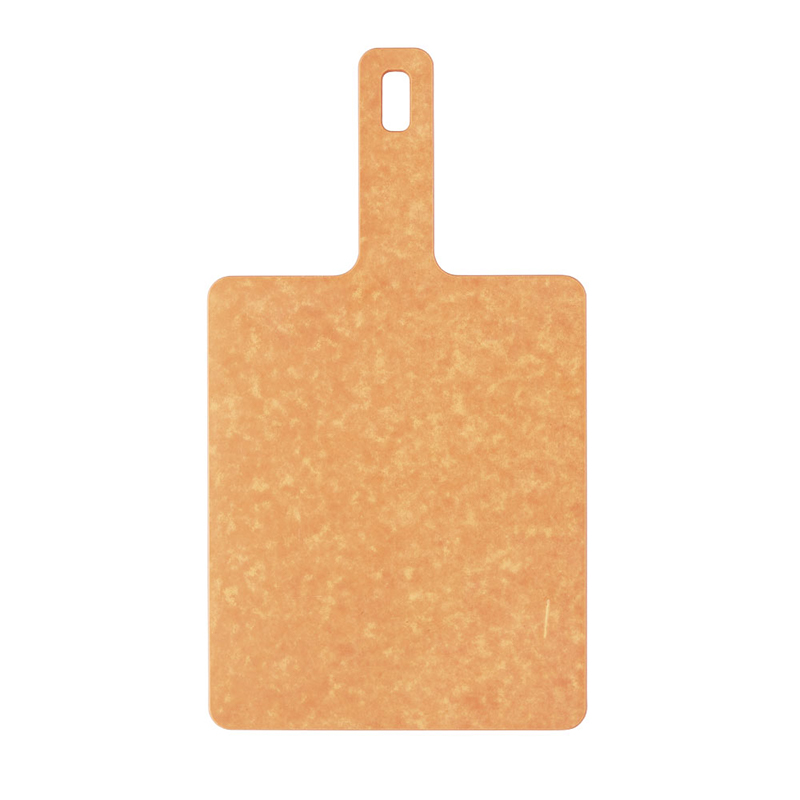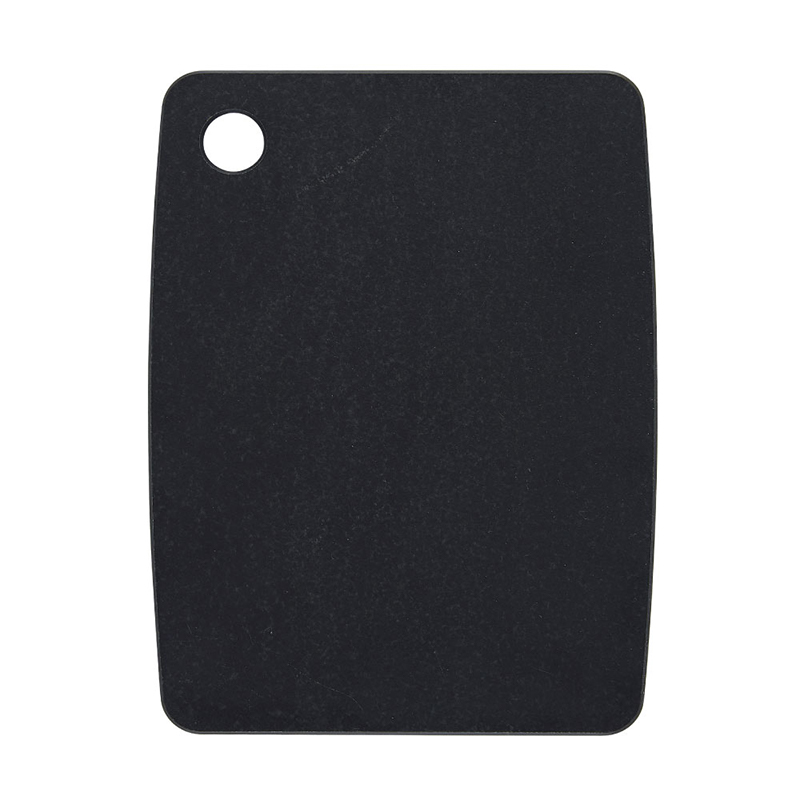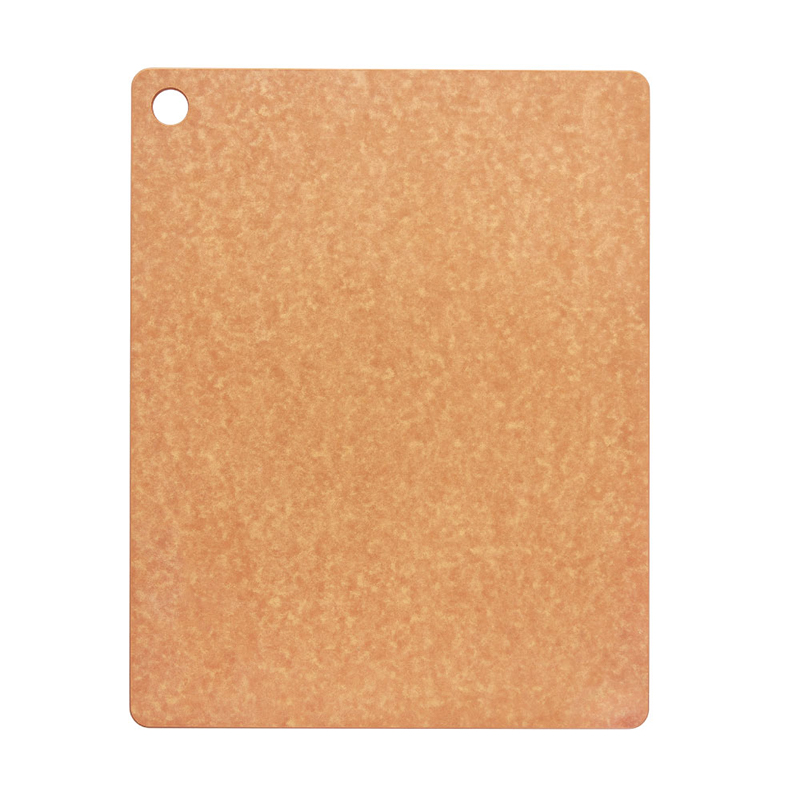-
Wooden Fiber Knife Holder Comparative Material Guide for Sourcing and Manufacturing
In the global kitchenware market the Wooden Fiber Knife Holder has emerged as an appealing option for importers, manufacturers and end-users alike. What sets this type of knife holder apart from traditional wooden blocks, bamboo racks, plastic holders or stainless-steel systems? The answer lies in material performance, maintenance ease and sourcing potential.

Wooden Fiber Knife Holder Benefits Over Traditional Materials
Traditional wood knife blocks remain popular because they absorb moisture and help prevent rust on knives, plus they offer a softer surface that preserves blade edges. However, wood blocks often demand regular oiling and can warp when over-exposed to humidity. In contrast, a wooden fibre composite knife holder combines the warmth and aesthetic of wood with enhanced stability.
Plastic or metal holders provide hygiene or modern styling but often deliver lower protection to knife edges. For instance, a food-industry guide suggests softer materials in contact reduce blade dulling risk compared to hard metal storage surfaces.
Material Performance Data for Wooden Fiber Knife Holder
In lab and field comparisons across knife block materials some key data points emerge. For standard hardwood blocks the slot wear rate—i.e., degradation of the slot walls due to repeated knife insertion—may reach 6-8% after 12 months constant use. For bamboo it may hit around 10% in that same interval due to harder surface stress. A well-engineered wooden fibre composite holder might exhibit slot wear under 4% in the same timeframe thanks to tailored fibre density and reinforcement.
In terms of knife edge preservation: softer slot materials reduce drag on the blade when inserting/removing. Translating that, if a steel block required sharpening every 2 months, a wood or fibre-based holder might push that interval to 3-4 months. Maintenance overhead also shrinks: traditional wood may require monthly oiling or conditioning; a fibre composite unit may require conditioning only quarterly, reducing labour for commercial kitchens or export clients.
From sourcing and logistics perspective, weight matters. A conventional solid wood block for 12-slot configuration might weigh ~2.2 kg; a fibre-composite version for the same slot count might weigh ~1.6 kg—reducing shipping cost by ~27%. For large scale export runs these savings compound.
Manufacturing & Sourcing Considerations for Wooden Fiber Knife Holder
For factories producing the Wooden Fiber Knife Holder it is crucial to manage mould tooling, fibre composite handling and surface finishing. Production metrics from comparable kitchen-ware lines show that tooling amortisation improves when annual run rates exceed 200 000 units and rejects stay under 2-3%. If a block mould costs US$18 000 and run rate is 250 000 units, tooling cost per unit falls under US$0.08. Factories offering export-ready quality should report reject rates under 2% and cycle times under 45 seconds per unit for efficient yield.
Material sourcing also matters: fibre composites must meet food-contact safety certifications and resist warp under humidity changes of ±5%. Using fibre boards with moisture absorption under 8% (compared to wood at ~12%) reduces dimension shifts and slot mis-alignment risk. For importers this means higher consistency and fewer returns.
Conclusion
For purchasers and importers eyeing the Wooden Fiber Knife Holder category a clear value proposition presents itself. It offers stronger performance than many plastic or metal holders, fewer maintenance demands than conventional wood, and compelling logistics advantages through reduced weight and higher yield. In an export environment where performance, appearance and cost are all critical, a Wooden Fiber Knife Holder offers a smart sourcing and manufacturing path that meets modern kitchen-ware needs.

 日本語
日本語 English
English 中文简体
中文简体





